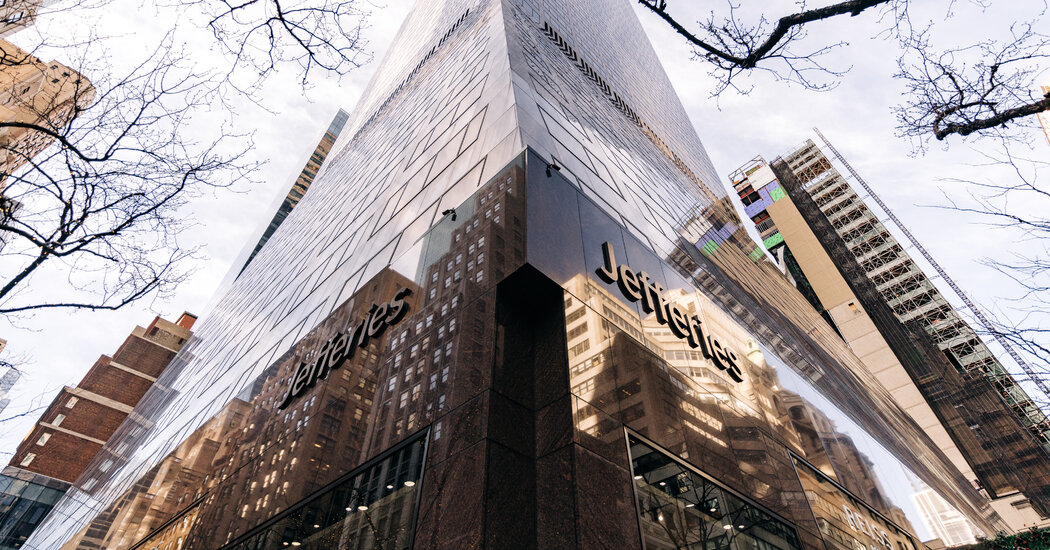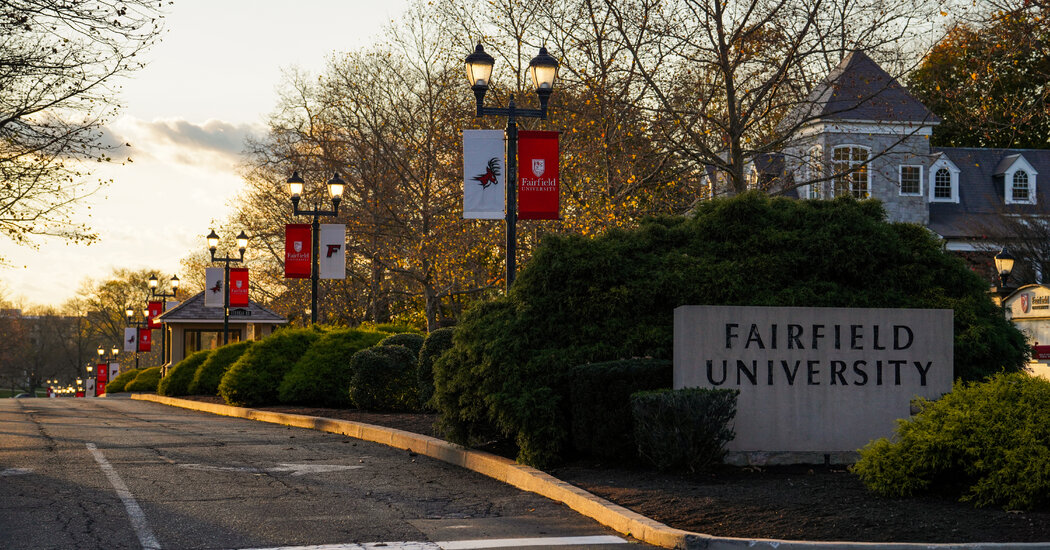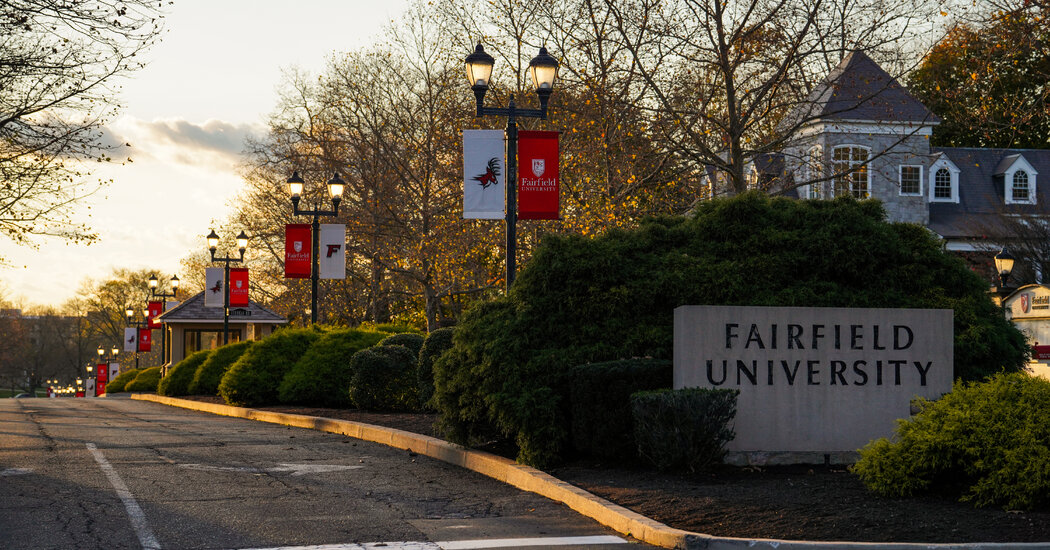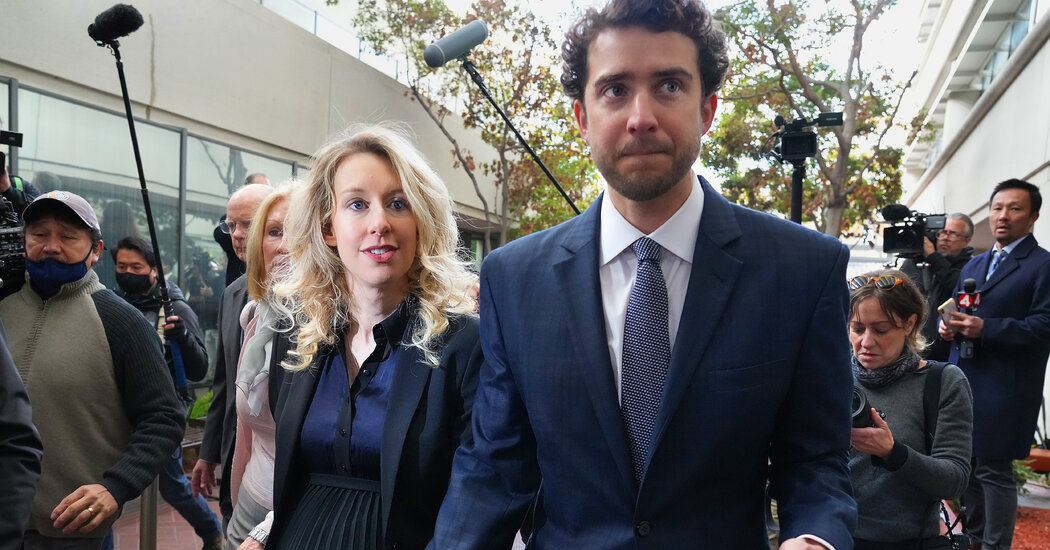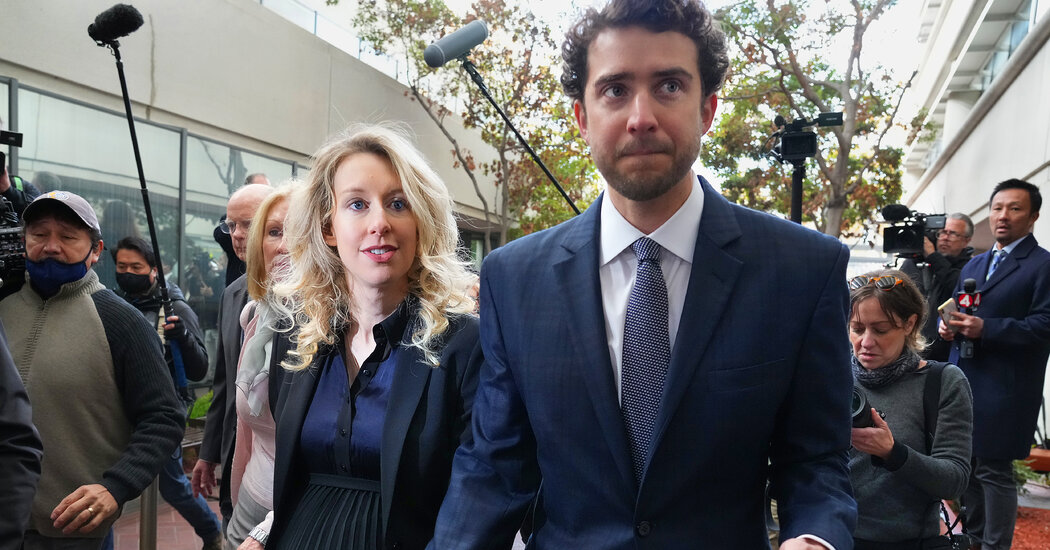
Elon Musk said on Twitter on Saturday that he would reinstate former President Donald J. Trump to the platform, in his latest shake-up of the social media service.
Mr. Musk, who bought Twitter for $44 billion last month, had run a poll on the platform starting late Friday afternoon about whether to allow Mr. Trump back onto the service. Twitter had barred Mr. Trump after the riot on Jan. 6, 2021, at the U.S. Capitol, saying his posts had the risk of inciting violence.
More than 15 million people voted in Mr. Musk’s poll about whether to reinstate Mr. Trump, Mr. Musk said in his tweet, with nearly 52 percent saying the former president should be allowed to return.
“The people have spoken,” Mr. Musk said on Twitter. “Trump will be reinstated.” He added the Latin phrase “Vox Populi, Vox Dei,” which roughly means that the voice of the people is the voice of God.
It’s unclear whether Mr. Musk will follow through with returning Mr. Trump to the service. Mr. Musk and Twitter did not immediately return requests for comment.
A self-described “free speech absolutist,” Mr. Musk had hit pause on changing the content rules around Twitter after he took over the company. Late last month, he said that the company would form a content moderation council to handle major content decisions on the platform and that he would not make any moves on account reinstatements “before that council convenes.”
At the time, the announcement appeared to be a step back from his position that Twitter should be an anything-goes platform.
When Mr. Musk completed his buyout of Twitter last month, Mr. Trump — who has gone on to start his own social network, Truth Social — declared himself “very happy that Twitter is now in sane hands.” In a post on Truth Social at the time, Mr. Trump added that he was glad Twitter “will no longer be run by Radical Left Lunatics and Maniacs that truly hate our country.”
Mr. Musk had said in May that he would reverse the permanent ban of Mr. Trump on Twitter and let him back on the social network. Mr. Musk had added that the decision to bar Mr. Trump was “a mistake because it alienated a large part of the country and did not ultimately result in Donald Trump not having a voice.” He added that it was “morally wrong and flat-out stupid” and that “permanent bans just fundamentally undermine trust in Twitter.”
Alex Stamos, the director of the Stanford Internet Observatory, said it was “odd” that Mr. Musk, who has spent months complaining about Twitter’s problem with bot accounts, would use a Twitter poll in which bots could be voting to decide the issue and then assume that the result “reflects some kind of legitimate ‘voice of the people.’”
“It is definitely possible for small groups to create large numbers of accounts to manipulate features like polls,” he added.





